Summer’23 with the Centre VI
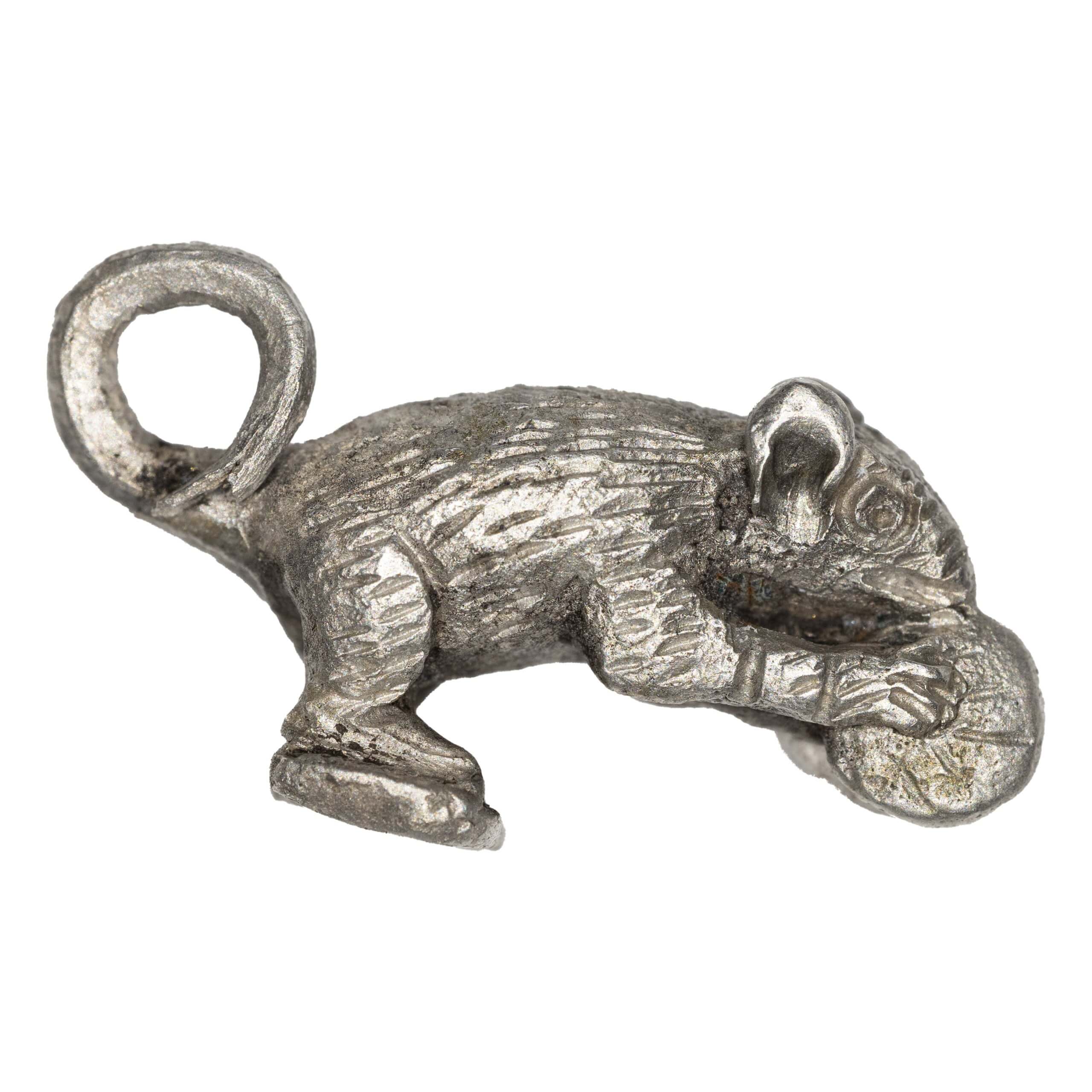
After five weeks of intense and difficult excavations, we have successfully finished the excavation campaign. Fortunately, the unbearable heat has ended. Even one day was already quite autumnal in nature, but soon the weather stabilized and the “Bulgarian golden autumn” began.
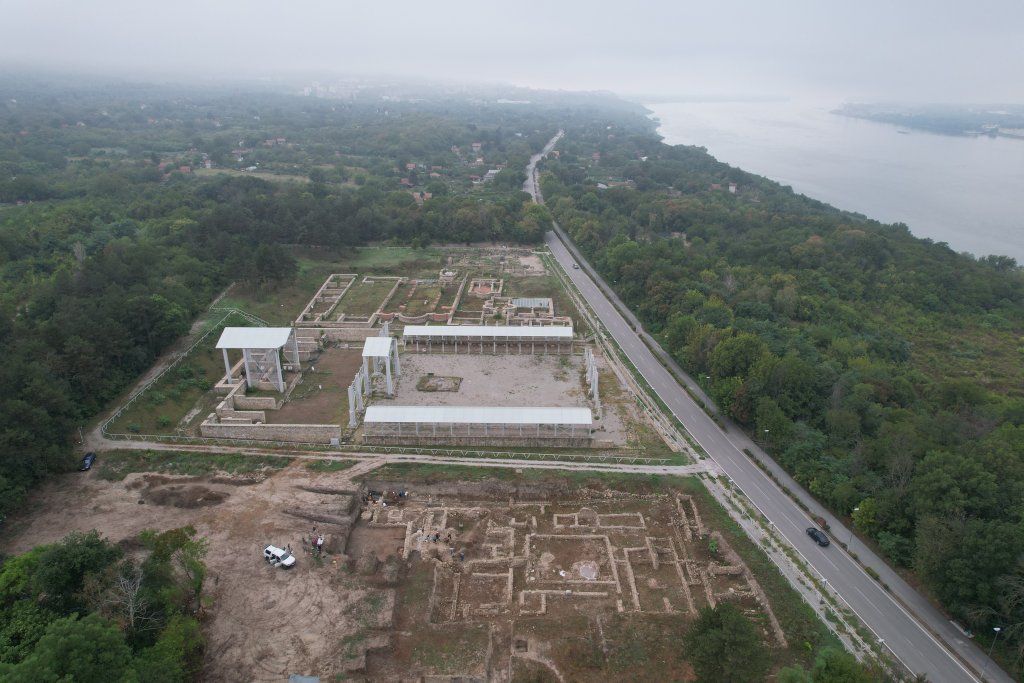
The results achieved in many aspects and amazed us. After many years of research, we reached the southern edge of the complex of timber and earth barracks buildings of the Legio VIII Augusta. It turned out to be very large. One set of double barracks together with the Centurion House occupied an area of 60 x 38 meters. The surprise for us, however, was the discovery of the only stone structure from this period, a well, which was dug in the Centurion House complex. It was 4.0 meters deep and was cobbled with fractured stones. Few wells have been discovered in Novae so far, but they belong to the period of civilian construction. The one in our section is the oldest.
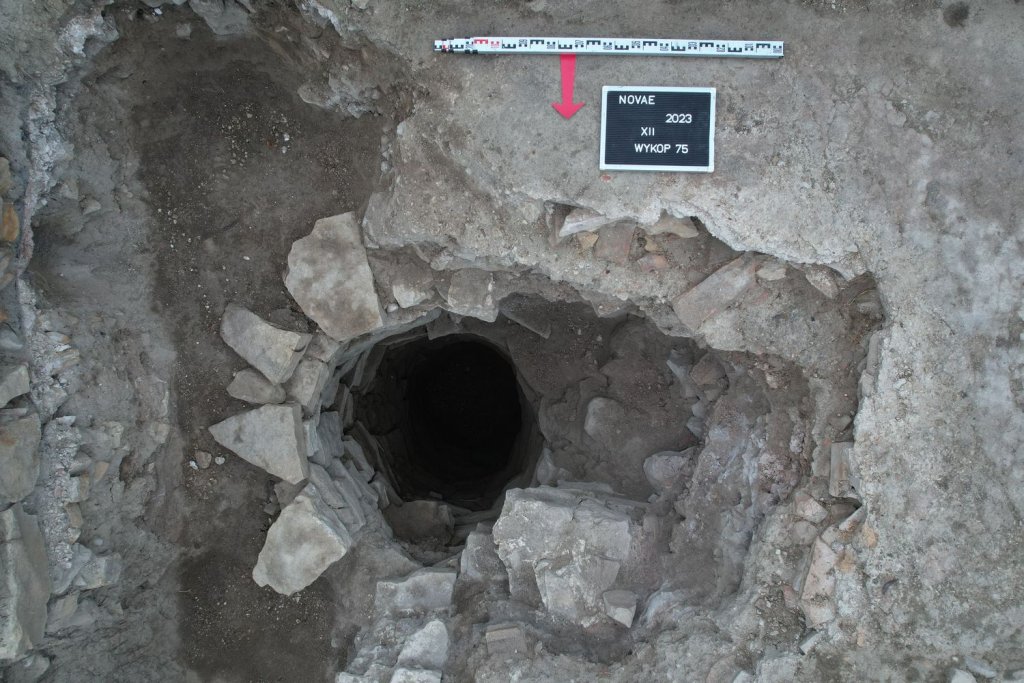
During this campaign, we constantly encountered water pipes and sewers in various places. Some that were completely destroyed were made of ceramic pipes, and canals were made of imbrex. However, one water pipeline, made of lead pipes partially survived in situ. Already in previous campaigns we have discovered structures we called “refrigerators,” that is, containers made of tegulas built below floor level. And this year we have enriched our “collection” with another this time a super refrigerator. It is double in size and, in addition, it was set with its longer side on the aforementioned water pipe, which caused the cold water to cool its interior. Inside, we discovered fragments of small bowls, including those made of glass, a wine jug and bone fragments.
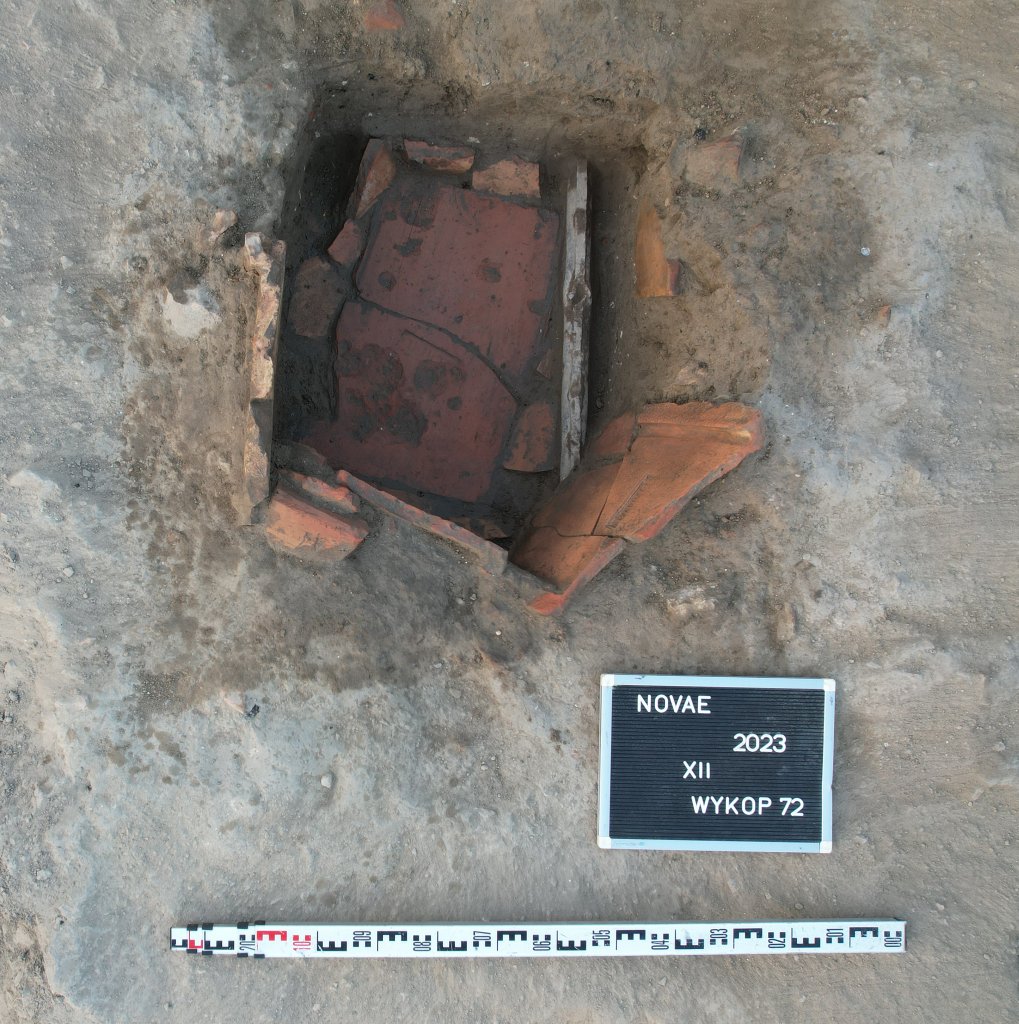
A continuation of the capacious canal extending for more than 60 meters, almost in a straight line, was traced. This year, however, it not only changed direction, but was joined by its twin brother. Apparently, the canal connects to the main street canal. But why the two structures were separated and one branch was routed along the Centurion House of the First Italic Legion – for now we can only speculate.
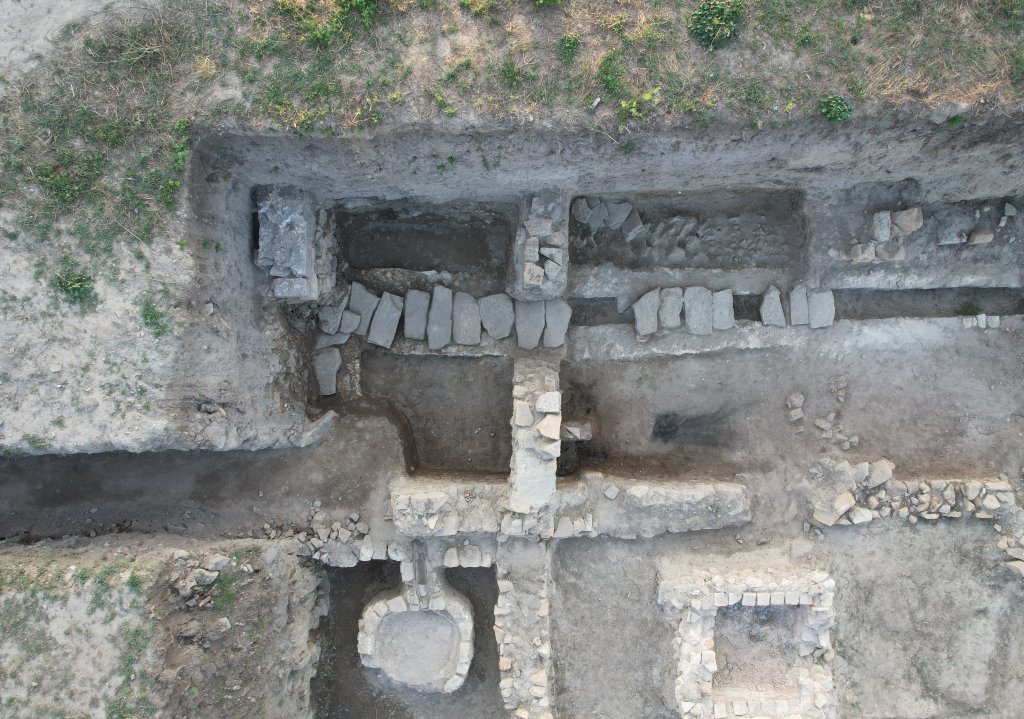
No one needs to be convinced of the ingenuity of the Romans, but the solution used in the bath of primi pili is completely unusual. In order to obtain hot water in the baths usually built a rather complicated hydraulic boiler system. Here, however, a different solution was used. A large ceramic pipe connected to an aqueduct was blended into the suspension. Water was heated by flowing in a pipe along the entire hypocaustic system and fed into a pool with an apse in the caldarium.
The discovery of the contents of the late ceramic kiln was also a big surprise. It itself was destroyed however the ceramic products survived. These are black-surfaced vessels with honed and crested decoration presenting a wine drinking set. Thanks to the grouping of five coins discovered, they will be able to be dated. This is all the more important because the discussion about the origins of these vessels has been going on for a long time. So far, however, they have not been discovered as a whole set in addition with clear indications for dating. Perhaps this find will help end those discussions.
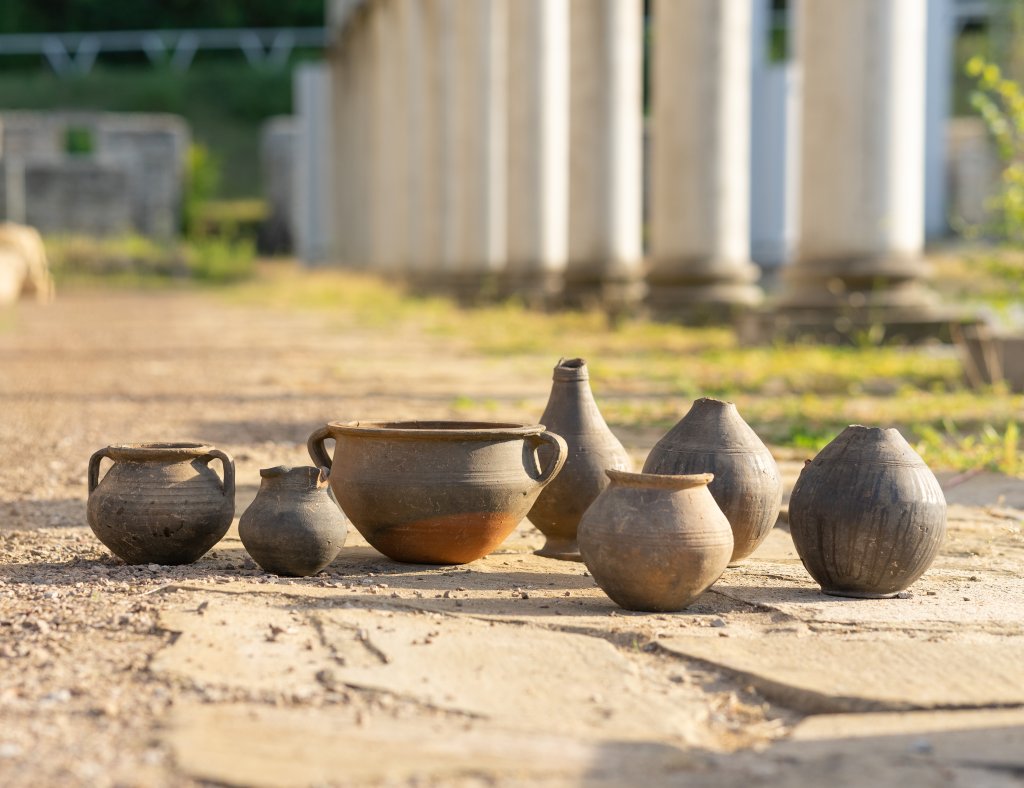
We have also enriched with more than 200 separated artifacts. Some of them like the silver-plated excellently preserved fibula are rare and scientifically important. However, we also have from this year an item of minor but extraordinary beauty – a pendant depicting a small silver mouse eating ….i here the problem of what? Among the nice and rare finds is also a figurine of Harpocrates in contrapposto. This is the second depiction of this god in Novae and the first three-dimensional one. There are also fragments of glass amphorae vessels including those from dipinti, numerous pendants and, buckles and parts of legion equipment made of bronze, lead weights and a whole lot of small objects, but important for the reconstruction of everyday life.
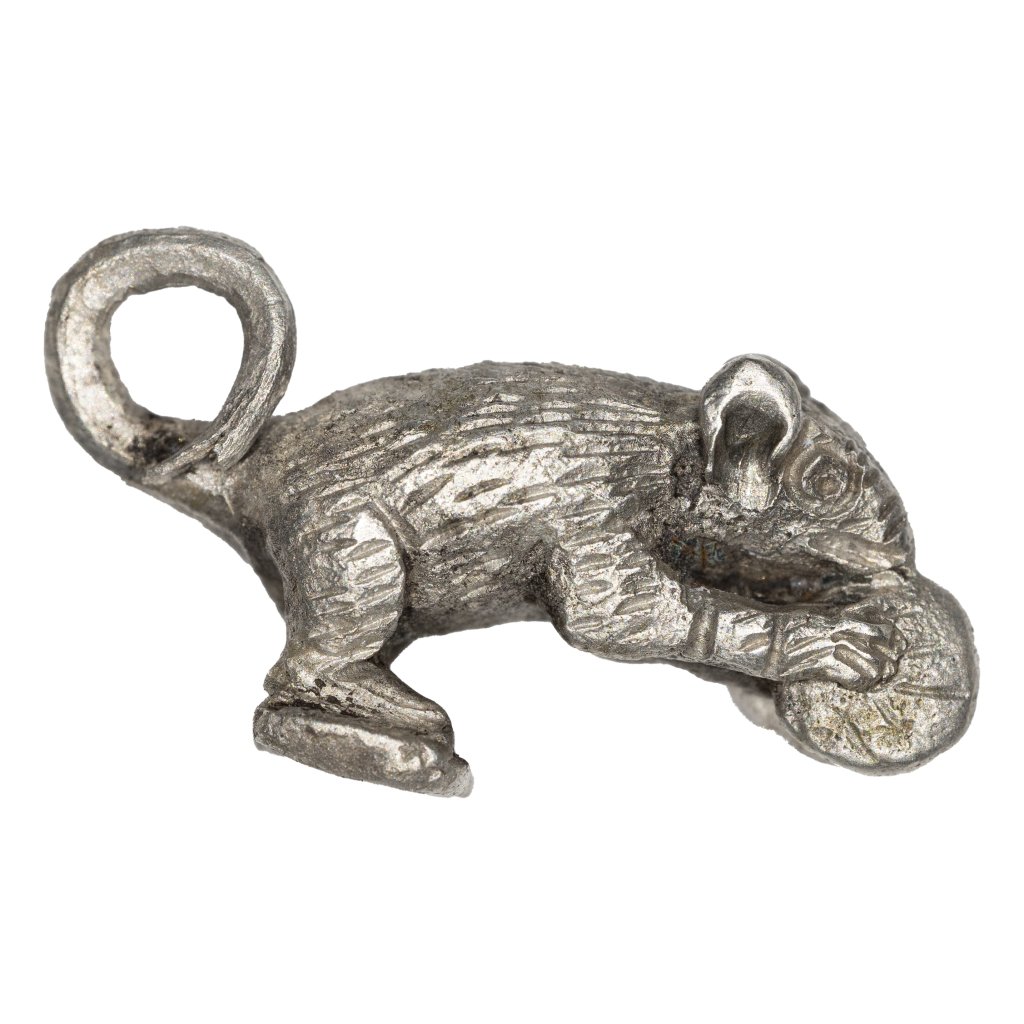
Part of the team is already in Poland, the other is still in the field working out the results and waiting for specialists to work on selected groups of relics.
This year, Prof. Piotr Dyczek, has been invited to give inaugural lectures at the UW Department of Archaeology – September 26 and at Collegium Civitas on October 6.
